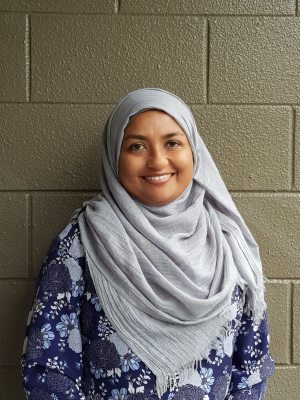Scaffolding Learning Through Primary Language Support: 6 Effective Strategies
I am in a classroom, having a quiet conversation with a teacher. There are about two dozen children around us, settling down with their midmorning snacks. The room is filled with the sound of excited chatter. A little boy looks around hesitantly, then gets his snack from his bag and joins his classmates. He sits at the edge of the circle of children. The child next to him smiles at him, and gestures something. Still cautious, the boy opens his snack box and shows its contents to his new friend.
The teacher notices me watching the boy and explains that the boy has just started school and is learning classroom routines along with English. There is no one in the classroom who shares his home language or culture. The teacher talks about how challenging it is for her to be able to communicate with the boy.
Of course, it is challenging for the teacher. But just imagine being this boy: Seven years old. In a new school, possibly even a new country. No one else speaks your language. You are just beginning to learn the language of the school. Imagine how hard it must be to follow instructions, to pay attention to a lesson that takes place in a language you do not understand, to read a script that you cannot yet decode, to struggle to communicate even the simplest of things. Undoubtedly, it will be very frustrating for this boy, and for all learners who are still developing their competence in the language of instruction.
One of the ways in which teachers can support such students is through using students’ primary/home languages to build on the development of their school/target language. This is usually referred to as primary language support (PLS).
Why Provide Primary Language Support?
Providing PLS does not mean providing instruction in the home language. Rather, students’ primary languages are used to make content taught in the language of instruction more comprehensible and to lower the linguistic load. Wayne Wright explains that when students’ primary languages are used in this way, they act as a leverage to support the acquisition of the school language.
A deficit approach to language learning would view students’ primary languages as being a barrier to acquiring the school language. However, an asset-based perspective recognizes that students’ language background is a resource to be built on. By building on students’ existing knowledge of language, PLS scaffolds the new content, their schema is activated, and students are better prepared to learn. Additionally, because language and identity are intertwined, by valuing students’ linguistic repertoires, students’ identities are honoured.
PLS can be provided when a teacher shares the same language as the student. However, it can still be given when teachers and students don’t have a common language background.
How to Provide Primary Language Support
There are many ways in which PLS could be provided. Which of these have worked well for you?
- Label the classroom. Label the classroom in the language of instruction and as many of the students’ primary languages as possible. These might include objects such as desks and chairs and locations of specific materials. Enlist the help of students and their families to prepare these labels. It can be very rewarding for students to be able to see their languages in the classroom space.
- Provide bilingual dictionaries. If students are literate in their primary language, bilingual dictionaries can be a valuable resource that they can use independently. Students may need guidance on how to use these dictionaries.
- Offer picture dictionaries. These can be invaluable for young learners and students who are in the early stages of language development. If you can’t find a picture dictionary that is at the right level or focusing on the immediate needs of your students, consider creating a booklet with labelled pictures of essential vocabulary.
- Encourage the use of the primary language. If funds allow you to purchase books for your classroom, buy dual language books that are in the school language and students’ primary languages. Have students record and share oral texts in their own languages.
- Value writing in the primary language. Recognise the value of writing in the primary language to support English writing skills. If students are more comfortable writing in their own languages, encourage them to do prewriting activities in their primary language. This could be preparing graphic organisers as part of their planning, doing mind maps, listing key vocabulary, or even writing the initial draft.
- Activate prior knowledge. When you have a paraprofessional or a community member to provide PLS for learners, activate prior knowledge of a topic in the student’s primary language so that the student is better able to follow the lesson during the main instructional stage of the lesson. This may involve going over some of the new vocabulary and key ideas of the topic.
These and other strategies of providing PLS can enhance comprehension, accelerate the development of the school language, and build student confidence. Prior to introducing different strategies, however, it is important to find out students’ level of competence in their home languages, without making assumptions. This will enable you to select which strategies might be most helpful for your learners.

